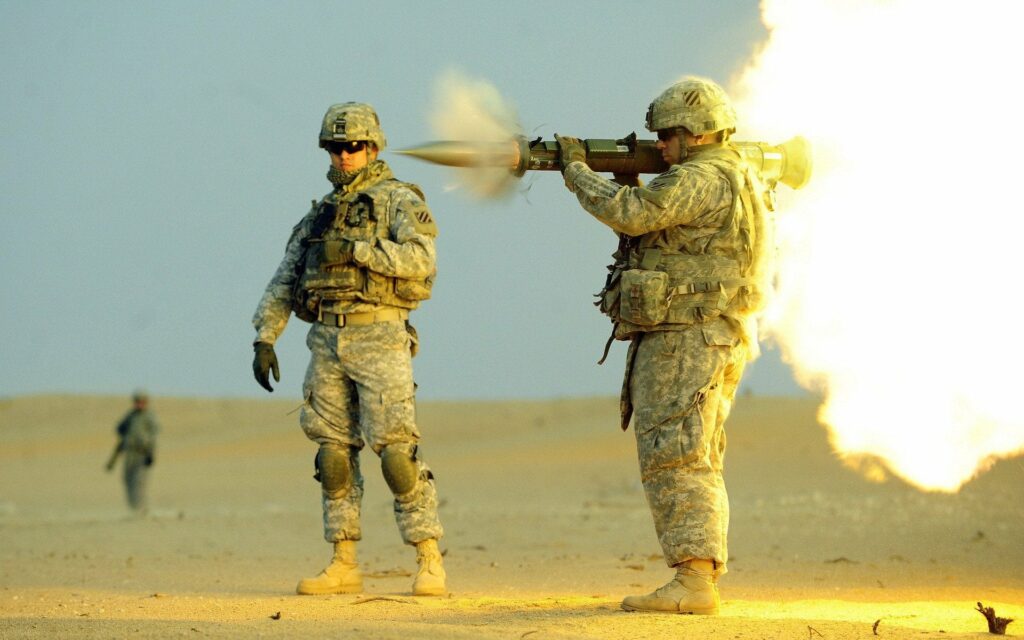World War I changed the nature of warfare. It was a brutal and vicious war filled with innovations that made it easier for man to kill man — machine guns, poison gas, and of course, tanks. Tanks represented an early armored threat that stood up easily to the small arms of the time. Tanks were big, expensive, and logistically a nightmare, but they were effective. So, the infantry needed anti-tank weapons to combat them.
This started a tit-for-tat-like development of armor and weapons that have continually evolved. Every time tanks have gotten better anti-tank weapons have also gotten better. Today, we will examine anti-tank weapons throughout the ages, specifically anti-tank weapons for the infantry.
Infantry tank killers can change the tide of a war or battle, and we are seeing that right now in Ukraine. For artillery and aircraft it’s easy to kill tanks, but for infantry, it’s like taking on the sacred boar. Yet, if your infantry forces can kill tanks, you’ll have a versatile, tactically flexible force that’s always valuable.
The first anti-tank weapons
Once tanks started rolling in World War I, militaries realized they needed anti-tank weaponry to take them out. One of the first anti-tank weapons was the Mauser 1918 T-Gewehr (T standing for “tank” and Gewehr being German for “rifle”.) The Mauser also brought us the first anti-material rifle.
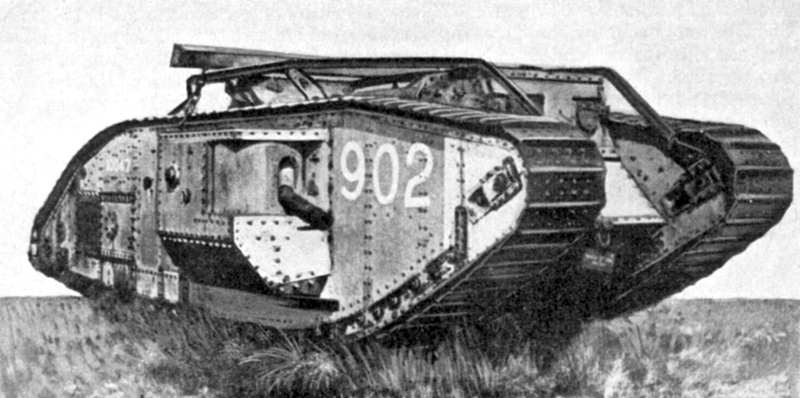
This behemoth fired a 13.2 mm round designed to pierce up to an inch of armor within 100 yards. This single-shot, 35-pound rifle would send big rounds through tiny tanks aiming to kill the crew, disabling mobility, or killing the engine.

Besides the anti-tank rifle, the Germans used several grenades bound together to attempt to destroy tanks. Also, the Americans and Germans developed heavy machine guns for anti-tank roles in the form of the MG 18 TUF and the M2, but they were produced and designed too late in the war to make an impact.
Related: This is the fascinating history of grenadiers, a centuries-old elite unit
World War II: Electric Boogaloo
Going into World War II, we saw some major shifts. Tanks were by then mainstream. Everyone had tanks, and they were miles better than the standard WWI tank. These new, heavily armored, purpose-built tanks couldn’t be taken down easily. Additionally, new armored vehicles emerged in the form of armored cars, half-tracks, and similar lightly armored vehicles.

Therefore, anti-tank weapons had to evolve, but some older ideas stayed in place and were repurposed. The Boys Anti-tank rifle, for example, was outdated for fighting main battle tanks but could disable lighter armored vehicles. The same could be said for heavy machine guns in calibers like .50 BMG. The Japanese and Finnish fielded much more effective anti-tank rifles that fired massive 20mm rounds.
Massive anti-tank grenades existed as well. They were developed and used by most forces in WWII. The British No. 68 AT grenade stands out. It’s also worth mentioning that Molotov cocktails effectively stopped Russian T-26 tanks in war.

What arose during this war was the use of infantry-fired rocket launchers and recoilless rifles. Americans wielded the famous Bazooka, the Germans had the Panzerschreck and Panzerfaust, the British had the PIAT, and plenty more. Near the end of the war, the Americans also armed themselves with the big 75mm M20 recoilless rifle.
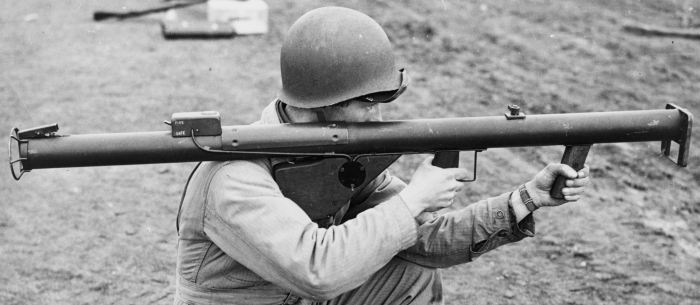
These launchers fired a high explosive anti-tank rocket designed to cause damage via the force of an explosion. These weapons were lighter and more effective than anti-tank rifles. For example, the heaviest variant of the WW2 Bazooka weighed only 18 pounds. The efficiency of these weapons in the hands of infantry ensured the development of newer, better tanks.
Related: Ukraine is decapitating Russian tanks due to a ‘jack-in-the-box’ design flaw, reports say
The Cold War
Suicide bombers started becoming a viable tactic. China had already used them in the Sino-Japanese War, and the Koreans used them against the Americans.
The Cold War saw the refinement of recoilless rifles that were man-portable and vehicle- or tripod-mounted. Weapons like the M18, the M20, and M67 fired massive munitions that could stop tanks dead in their tracks. Although they were infantry weapons, they lacked the portability of Bazooka-sized rocket launchers.
While most rocket launchers use a recoilless design, they still use a rocket motor. However, recoilless rifles use conventional smokeless propellant.

HEAT (High Explosive Anti-Tank) projectiles proved to be the best anti-tank weapon, which led to further development of the concept. However, only so much could be done to improve the explosive factor while keeping the weapon useable for the infantry.
Development went in two directions: There was a focus on missile launchers that offered greater range and accuracy. There was also a focus on decreasing the size and weight of rocket launchers for infantry foot patrols.
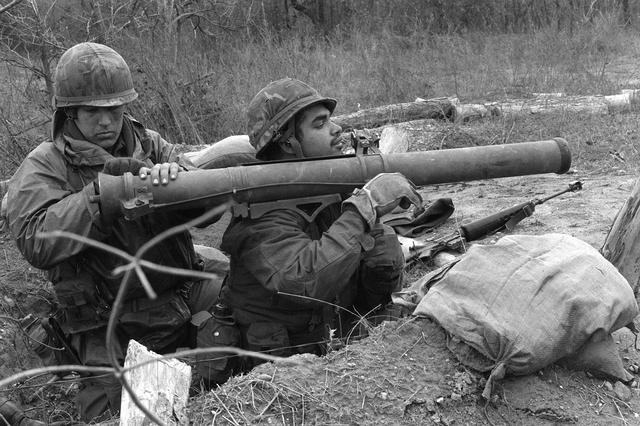
Anti-Tank guided weapons
This led to wire-guided weapons that allowed the shooter to launch missiles known as the Anti-Tank Guided Weapon. Notable examples are the BGM-71 Tube-Launched, Optically tracked, Wire guided missile, or TOW for short, which came to be in 1970. This massive system works on either a tripod or vehicles; it offers long-range capability to mechanized or mobile infantry.

The M47 Dragon was a much smaller, portable system that fired a wire-guided missile for medium-range engagements. These could be used by infantry forces without the need for a massive emplacement or vehicle to fire from.
Related: War elephants: The original heavy armor fought into the 1950s
Modern rockets
Infantry rocket launchers got smaller and more man-portable and allowed the average infantry squad to carry multiple anti-tank weapons per patrol. These small, unguided rocket systems could score mobility kills or simple disabling shots. They weren’t the best option, but they were an option. They also could be used against bunkers, emplacements, and similar threats.
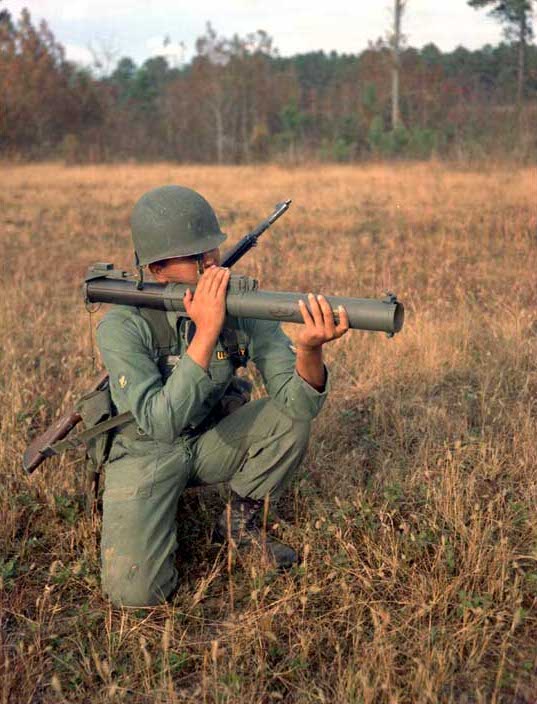
The Russian RPG-2 and later the RPG-7 are famous examples of simple, powerful, one-man-wielded anti-tank weapons. The Americans developed the M72 LAW, which fired a 66mm explosive warhead and represented a disposable, fire-and-forget option. The heaviest LAW weighed only eight pounds.
The AT4, an 84mm disposable rocket launcher, replaced the LAW, offered a bit more punch, and weighed more than double than the LAW. While the AT4 and LAW were disposable, they weren’t the only weapons being wielded by western forces.

Weapons like the Carl Gustaf Recoilless rifle and the SMAW offered potent 84mm rounds. The Carl Gustav saw wide adoption by the U.S. Army. The U.S. Marines at first chose the SMAW rocket launcher but recently converted to the Carl Gustav. These weapons can tailor rounds for different purposes outside of just taking out tanks; they can also be used as anti-bunker, anti-structure, and for more.

The reusable launchers offer specialized anti-armor troops a greater range, which with the Carl Gustav is out to 1,000 meters with HEAT rounds. Weapons like the AT4 tap out at 300 meters for a point target. No one wants to get that close to a tank!
Anti-Tank guided missiles
The current cream-of-the-crop of anti-tank weapons used by the infantry is anti-tank guided missiles. These weapons use powerful missiles fired by man-portable platforms to eliminate armored threats. These weapons have ranges of more than a mile, but require specialized retained troops to utilize.

The Russian 9M133 Kornet is one example. This is a laser-guided system with a range of 5,500 meters that allows troops to engage armored threats for relative safety. It’s competent and just barely can be considered man-portable. It’s not a fire-and-forget system and requires a tripod and two crew members to operate and carry.

The current star of anti-tank weapons is the FGM-148 Javelin. The Javelin’s max range is 2,500 meters, but it’s very portable. It’s a fire-and-forget system that does not require a tripod. The missile lock’s on to the threat and can use in direct-fire or top-attack-flight profiles. A top attack allows it to target a tank’s top armor, which is often weaker than the front or sides. Unlike the laser-guided Kornet, the Javelin ensures the shooter can abandon their position when the weapon is fired.
What’s next for anti-tank weapons
Great question. Tracking and guidance technology for advanced systems will likely continue to improve. At the same time, finding ways to scale down the weight of conventional rocket launchers will be invaluable for foot-mounted patrols. Lighter is always better when you live on your feet.
The Ukraine War has shown us a bit of what peer-on-peer warfare looks like, and armor is still a big part of that battleground. The lessons learned from the war will translate to more effective anti-tank weapons that are smarter, smaller, and more lethal.
